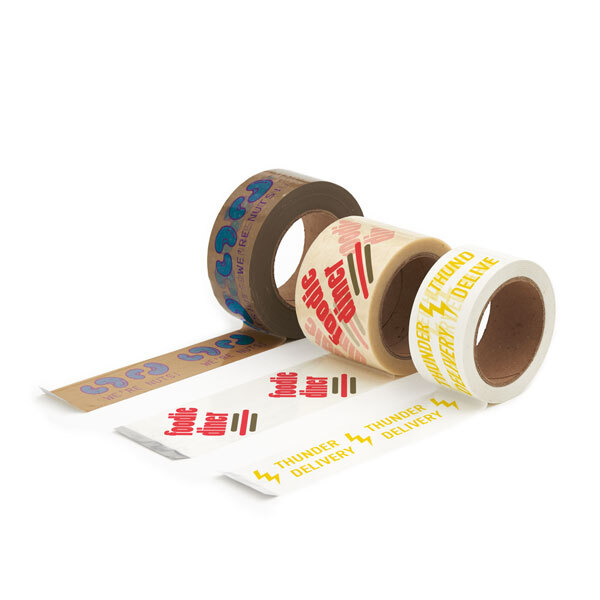The Importance and Versatility of Packing Foam
When it comes to protecting delicate items during transport, packing foam stands out as a crucial material in the logistics and shipping industry. Often overlooked, this type of foam serves a multitude of purposes beyond merely filling space in shipping boxes. Its unique properties make it an ideal choice for safeguarding fragile goods, ensuring that they reach their destination intact and without damage.
What is Packing Foam?
Packing foam is typically made from various types of foam materials, such as polyethylene, polyurethane, or expanded polystyrene (EPS). These materials can be molded or cut into different shapes and sizes, allowing them to fit snugly around items to provide maximum protection. Packing foam is not only lightweight and flexible but also offers a high degree of cushioning, which is essential for absorbing shocks and vibrations during transit.
Types of Packing Foam
There are several types of packing foam available, each serving different purposes.
1. Polyethylene Foam Known for its durability and resistance to moisture and chemicals, polyethylene foam is often used to package electronic devices and machinery. Its closed-cell structure prevents liquids from penetrating, making it an excellent choice for items that might be exposed to wet environments.
2. Polyurethane Foam This type of foam is particularly soft and flexible, which makes it suitable for items that require a gentler touch, such as glassware or ceramics. Polyurethane foam can also be molded into custom shapes, providing tailored protection for more intricate items.
3. Expanded Polystyrene (EPS) Commonly recognized as Styrofoam, EPS is both lightweight and cost-effective. It is widely used for packaging large items, such as appliances and furniture, where bulk cushioning is necessary. Its insulating properties also make it a popular choice for shipping temperature-sensitive products.
packing foam

4. Memory Foam While not as commonly associated with packing, memory foam can be used in specialty applications where custom fit and maximum cushioning are required, such as in the packaging of high-end electronics or luxury goods.
The Benefits of Using Packing Foam
One of the most significant advantages of packing foam is its ability to absorb impact. This feature is especially important when shipping fragile items, as it helps to prevent breakage caused by jolts or drops during transit. By providing a cushioned barrier around the product, packing foam minimizes the stress exerted on vulnerable surfaces, effectively reducing the likelihood of damage.
Additionally, packing foam is lightweight, which can be a critical factor in reducing shipping costs. Many shipping companies charge based on the weight and dimensions of the package, so using lightweight packing materials can lead to significant savings. Moreover, because packing foam can be custom fitted, it allows for more efficient use of space within shipping containers, maximizing the number of items transported in a single shipment.
Another notable benefit is its versatility. Packing foam can be used to protect a wide variety of items, from electronic devices to fragile glassware, as well as larger products like furniture or art. This adaptability makes it a valuable resource for businesses across various industries, including retail, manufacturing, and logistics.
Environmental Considerations
As awareness of environmental issues continues to grow, so does the need for sustainable packing materials. Many manufacturers are now producing eco-friendly packing foam options made from biodegradable materials or recycled content. This shift not only helps reduce the environmental impact of shipping operations but also appeals to consumers who prioritize sustainability in their purchasing decisions.
Conclusion
In conclusion, packing foam plays an indispensable role in the safe transportation of goods. Its ability to absorb shock, lightweight properties, versatility, and potential for eco-friendliness make it a preferred choice for businesses seeking to protect their products during transit. As industries continue to evolve and adapt to changing consumer demands, packing foam will undoubtedly remain a staple in shipping and logistics, ensuring that fragile items arrive unscathed, while also fostering a more sustainable approach to packaging solutions. The next time you receive a carefully packaged item, take a moment to appreciate the role that packing foam played in ensuring it arrived safely at your doorstep.



